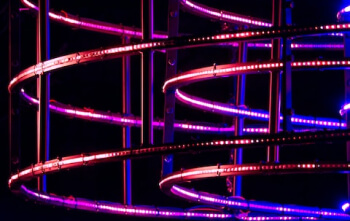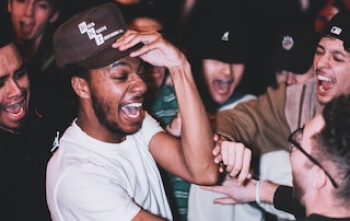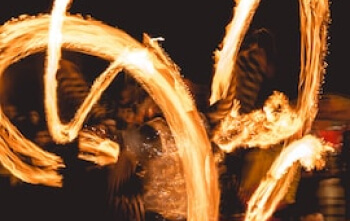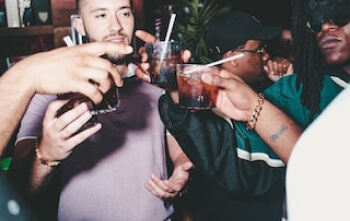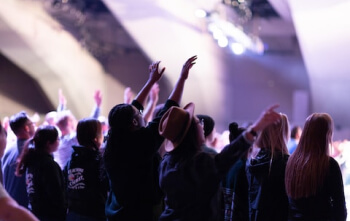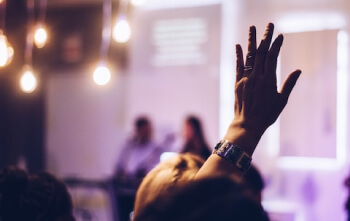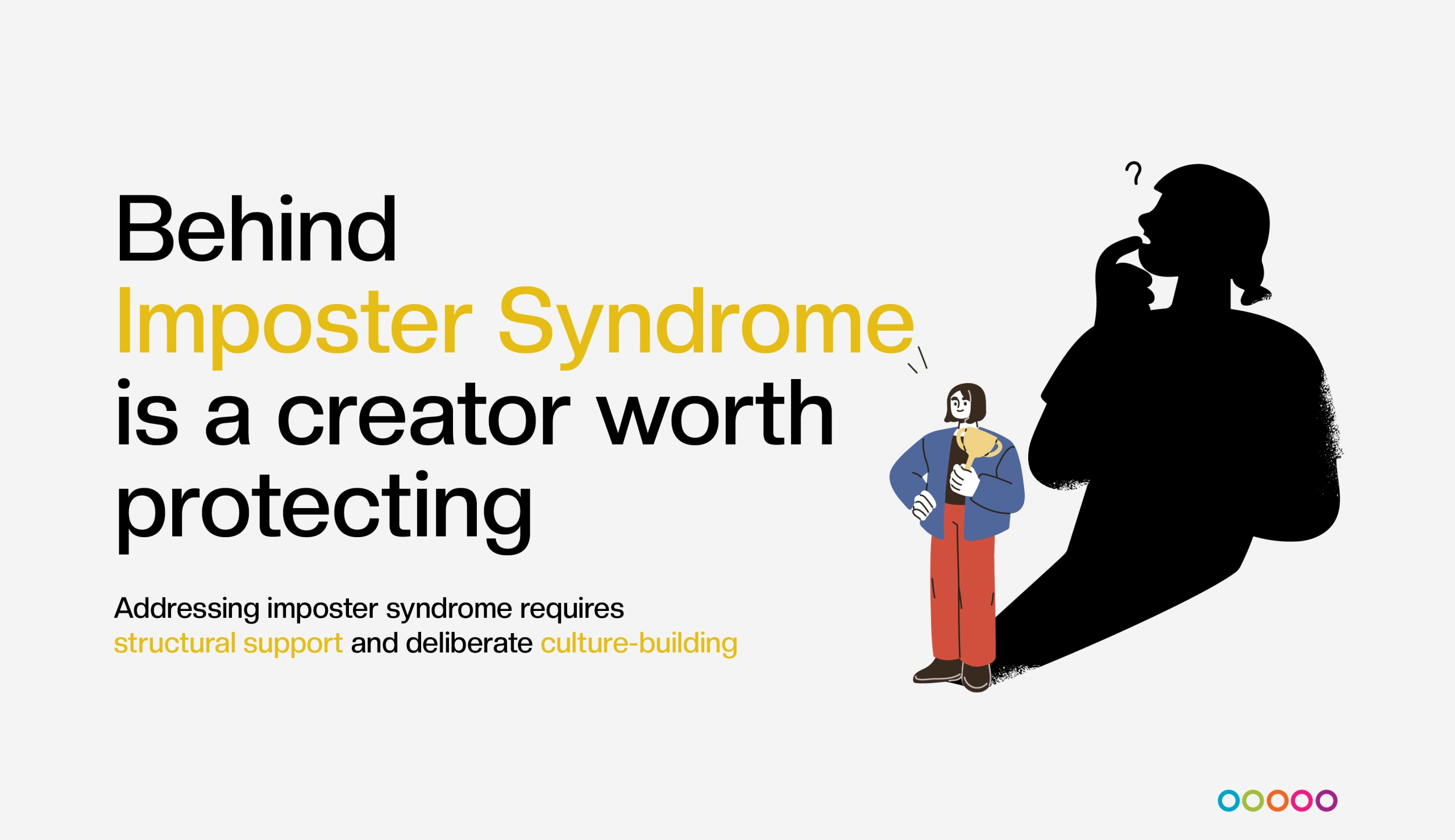Imposter syndrome, long regarded as a personal challenge, has become a growing organizational concern, particularly in creative industries. It is defined as a persistent internal belief that one's accomplishments are undeserved, often accompanied by a fear of being exposed as a fraud. While many professionals encounter this at some point, it is especially pervasive among creatives, where work is personal, subjective, and constantly under review.
In environments where ideas are routinely critiqued and originality is expected on demand, imposter syndrome can quietly erode confidence and performance. Despite being high achievers, many creatives struggle with a pattern of overworking, perfectionism, and self-doubt not because they lack skill, but because they attribute success to luck or external factors. Over time, this leads to emotional exhaustion, reduced innovation, and ultimately, diminished creative output.
The nature of creative work contributes significantly to this experience. Unlike technical roles with clear metrics, creative contributions are evaluated through taste, perception, and audience response all of which vary. In such conditions, even the most talented individuals may begin to question their value. When left unaddressed, this can result in disengagement, missed opportunities for bold thinking, and high turnover within creative teams.
The cost is not merely emotional. There is a measurable business impact. A culture where individuals are driven by fear of being inadequate rather than a shared sense of purpose and support is unlikely to foster the level of innovation required in today’s market. As industries demand faster, bolder, more culturally relevant storytelling, the burden on creative teams grows heavier. Without intervention, imposter syndrome becomes a silent barrier to creative effectiveness.
But while organizations may not be able to eliminate external pressure, they can design cultures that reduce internal strain. Addressing imposter syndrome must go beyond wellness check-ins; it requires structural support and deliberate culture-building.
What can organizations do?
-
- Promote psychological safety. Encourage open dialogue about doubt, failure, and growth without fear of judgment.
- Redefine performance feedback. Focus critiques on improving the work, not judging the person behind it.
- Recognize process, not just outcomes. Celebrate creative risk-taking and effort, even when ideas don’t make it to execution.
- Support time for reflection. Sustainable creativity requires time to think, refine, and explore not constant output.
- Model vulnerability at leadership levels. When senior creatives share their own challenges, it gives permission for others to do the same.
From Survival to Significance: Building Creative Cultures That Drive Effectiveness
Tackling imposter syndrome is only the starting point. The bigger opportunity for organizations lies in creating the kind of creative cultures where people are not simply surviving, but thriving where creativity becomes more than output, and is instead rooted in a culture of psychological safety, purpose, and shared ownership.
In today’s landscape, creative effectiveness is often reduced to metrics: reach, clicks, virality. But those results are by-products not causes. The real engine behind impactful creative work is the culture that supports it. Culture determines whether ideas are nurtured or dismissed, whether teams collaborate or compete, and whether individuals feel safe enough to take risks.
When creatives feel the pressure to constantly prove their worth as imposter syndrome often demands, they default to safe thinking. Instead of pushing boundaries or trying new ideas, they aim for approval. In the short term, this may look like efficiency. But in the long term, it leads to creative stagnation and missed cultural relevance.
A healthy creative culture, on the other hand, is intentional. It recognizes that emotional well-being, trust, and shared clarity are not soft benefits, they are operational necessities. And they are directly linked to sustained creative effectiveness.
So what does a culture that enables creative effectiveness look like?
- It allows room for failure and frames it as feedback. Innovation is impossible without experimentation. But experimentation means some things will fail. Teams that are punished for failure will avoid risk. Teams that are guided through failure will learn faster and create better.
- It builds time to think. Great ideas don’t happen on tight timers. When every moment is scheduled, when deadlines replace strategy, creative depth suffers. High-performing teams often attribute success not just to talent, but to the space to reflect, process, and iterate.
- It makes curiosity a core value not a luxury. Curiosity fuels creativity. A culture that encourages asking “what if?” over “what’s safe?” leads to fresher thinking. Organizations must actively reward exploration, not just execution.
- It aligns purpose with output. When teams understand why their work matters, beyond metrics, they make decisions that reflect that purpose. This is where storytelling connects with meaning, and campaigns begin to resonate.
- It centers people, not performance. Creative effectiveness is not about squeezing the most work out of the fewest people. It’s about building teams where individuals feel valued, supported, and trusted, and where they can bring their whole selves to the table.
Organizations that build for this kind of environment aren’t simply being “nice.” They’re being strategic. Because when you invest in people, you unlock deeper thinking, bolder ideas, and more meaningful results.
